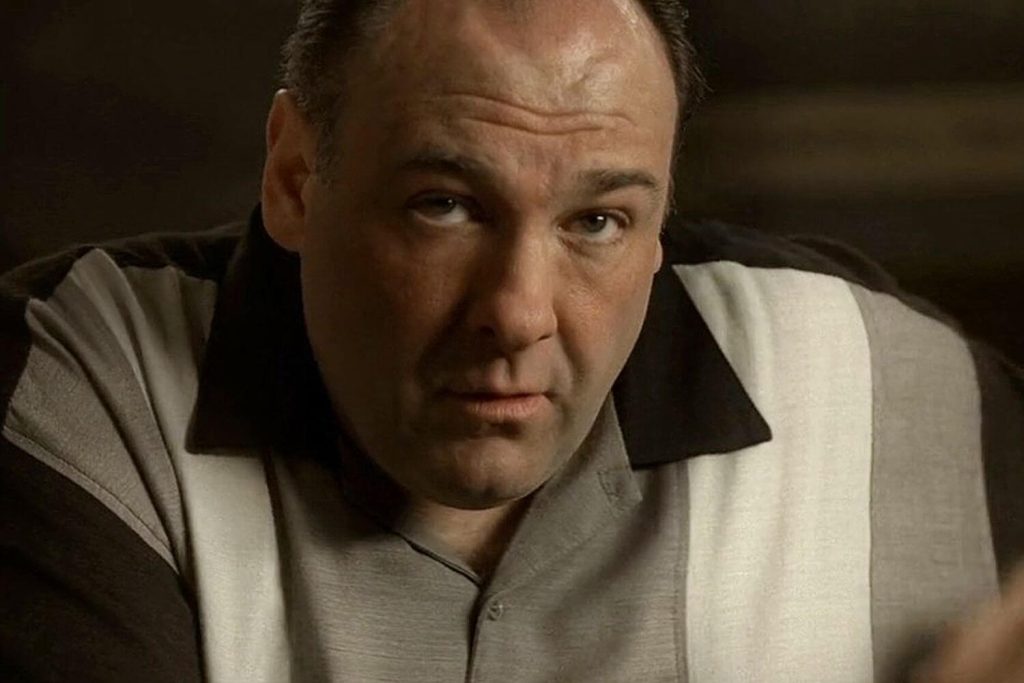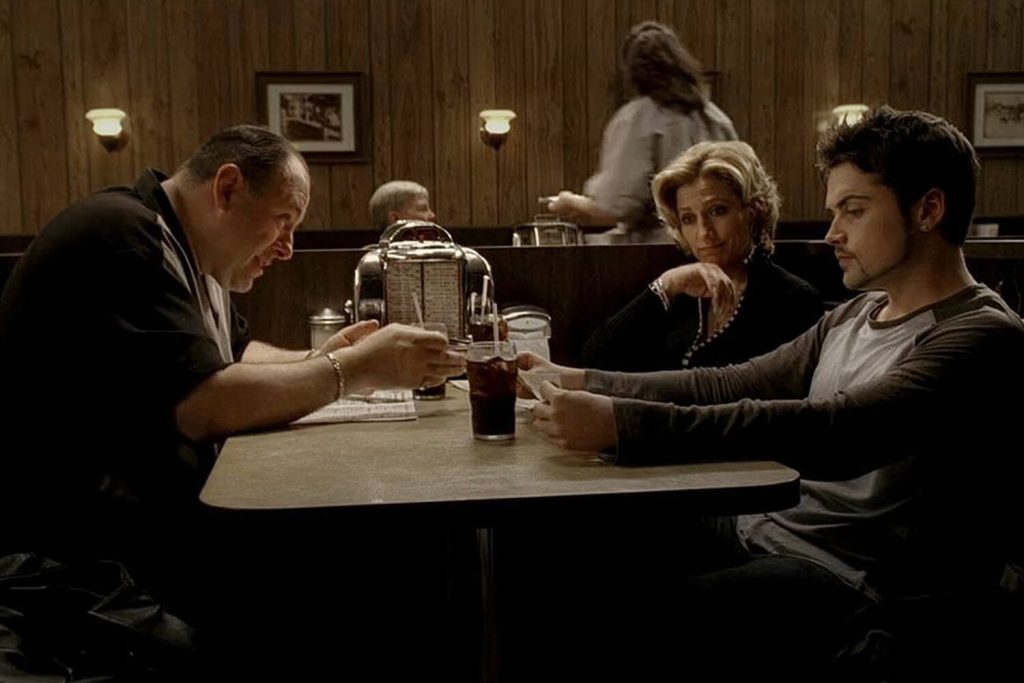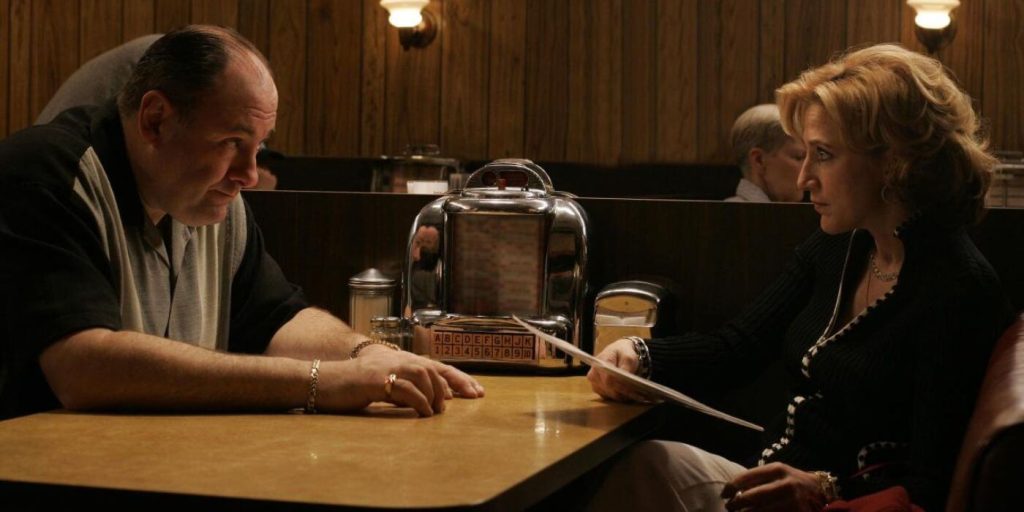World News
The Sopranos’ Ending Explained: What Really Happened to Tony Soprano
When The Sopranos aired its series finale, “Made in America,” on June 10, 2007, it shocked audiences with an abrupt cut to black during a tense diner scene. This moment, which left Tony Soprano’s fate ambiguous, remains one of the most discussed and debated endings in television history. Showrunner David Chase’s decision not to give a definitive conclusion has fueled years of analysis, speculation, and debate.
This article explores the key moments leading up to the final scene, the symbolism in the episode, and what the infamous cut to black means for Tony and the show’s legacy.
Tony’s Final Days: Power, Betrayal, and Survival
As the series finale begins, Tony Soprano (played by James Gandolfini) is facing mounting threats on all fronts. The long-running war with Phil Leotardo (Frank Vincent) and the New York faction of the mob reaches a boiling point, putting Tony and his family in constant danger. Phil, intent on eliminating Tony, has gone into hiding, further complicating Tony’s ability to strike back.
Meanwhile, Tony’s decision to share intel with the FBI to protect himself adds another layer of tension. In a calculated move, he exchanges information on terrorist activities linked to organized crime in hopes of securing leniency should he ever face prosecution. This strategy proves risky but effective, as FBI Agent Dwight Harris provides Tony with crucial information on Phil’s whereabouts.
Tony’s ultimate success in locating and eliminating Phil temporarily restores his power, but the aftermath leaves Tony surrounded by uncertainty. His paranoia grows, and the looming threat of retribution from within or outside the mob becomes palpable.

The Diner Scene: Building to the Cut to Black
The finale’s most famous moment unfolds in Holsten’s Diner, where Tony waits for his family to join him. Each detail in the scene is carefully constructed to heighten the tension. As the diner fills with patrons, the camera lingers on specific individuals, such as the man in the “Members Only” jacket, creating a sense of unease.
Tony’s son, A.J., arrives first, followed by his wife, Carmela. The song “Don’t Stop Believin’” by Journey plays on the jukebox, its upbeat tone contrasting with the growing suspense. When Meadow, Tony’s daughter, struggles to parallel park outside the diner, the tension builds further.
Finally, the scene abruptly cuts to black as Tony looks up—possibly in response to Meadow entering or the approach of an unseen threat. The sudden silence and lack of resolution stunned viewers, many of whom initially thought their TVs had malfunctioned.
Interpreting the Ending: Life or Death?
The cut to black has inspired countless theories about Tony’s fate. Some fans believe the ambiguous ending suggests Tony was killed in the diner, possibly by the man in the “Members Only” jacket or another unknown assailant. Others argue that the scene represents Tony’s ongoing paranoia and the inevitable dangers of his life, leaving his fate deliberately unresolved.
David Chase has avoided giving a definitive answer, though he once described the ending as a depiction of Tony’s perspective—one where death could come at any moment, without warning. This interpretation aligns with the show’s exploration of the unpredictability and fragility of life in the mob.
The diner scene’s cinematography further supports the idea of an impending threat. The careful framing and focus on the door’s bell suggest that Tony is constantly on edge, living in a world where violence can strike at any time.

The Sopranos’ Legacy: A Game-Changing Finale
The ambiguity of The Sopranos’ ending marked a turning point for television storytelling. By refusing to tie up every loose end, Chase invited viewers to engage with the show on a deeper level, encouraging them to draw their own conclusions about Tony’s fate.
The ending has since been celebrated as a bold and innovative narrative choice, influencing subsequent prestige dramas such as Breaking Bad, Mad Men, and The Wire. It reinforced the idea that television could rival cinema in complexity and artistic ambition, solidifying The Sopranos as one of the greatest TV shows of all time.
While the cut to black initially frustrated many viewers, it has come to symbolize the series’ overarching themes: the inevitability of mortality, the consequences of violence, and the impossibility of true security in Tony’s world.
A Legacy That Lives On
More than 15 years after its finale, The Sopranos continues to captivate audiences and inspire debates. The cut-to-black moment remains a cultural touchstone, often referenced in discussions about television’s most memorable moments.
For fans, the ambiguous ending encapsulates what made The Sopranos so groundbreaking: its refusal to offer easy answers, its focus on character over plot, and its willingness to challenge traditional storytelling conventions. Whether Tony Soprano lived or died in that diner, the impact of his story—and the show’s legacy—is undeniable.
In conclusion, the finale of The Sopranos is not just an ending but a conversation starter, a masterclass in tension, and a bold statement about the nature of storytelling. David Chase’s masterpiece ensures that Tony Soprano’s fate, much like the show itself, will be debated and celebrated for generations to come.
From thedragonfashion


